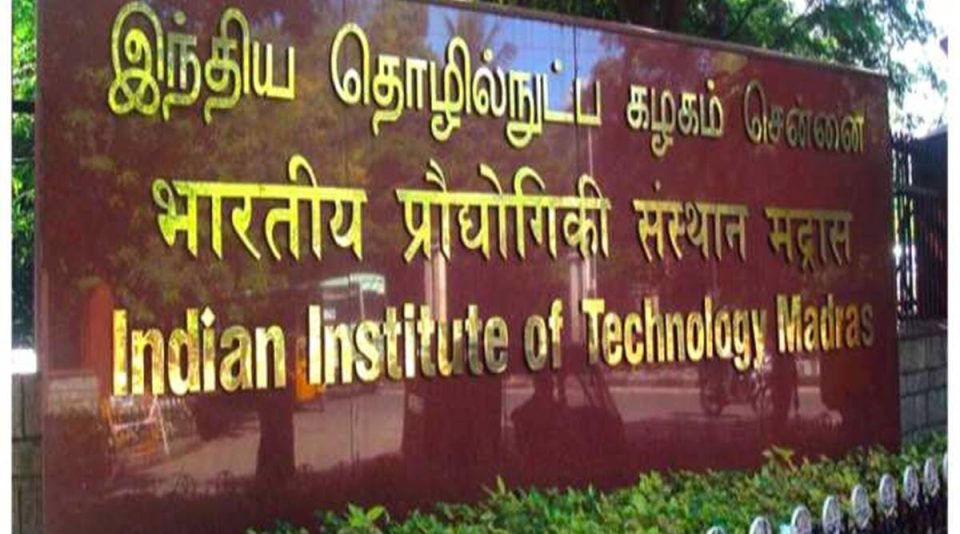
Only 10% Dalits, 2% Adivasis enrolled in PhD courses of top IITs: Survey

Reflecting the under-representation of marginalised communities in higher education, a recent study found that Dalits had 10 per cent and Adivasis a meagre 2 per cent representation in PhD courses at five high-ranking Indian Institutes of Technology in 2020. The data was collected by the Nature website.
Not too many Muslims
The scenario is no different at India’s top-ranked university, the Indian Institute of Science (IISc) in Bengaluru, which too fares badly. Only 5.5 per cent of those enrolled in higher education in 2019–20 were Muslims, suggests survey data. Incidentally, according to the 2011 census, Muslims make up around 14 per cent of the country’s population.
In 2020, Muslims constituted for less than 5 per cent of PhD students in IIT Madras and less than 1 per cent of science-teaching faculty in IIT Kharagpur. However, in IIT Dhanbad, a mid-ranking institute in a region where Muslims are not unusually numerous, 55 per cent of PhD students were Muslims.
Kirpa Ram, an assistant professor at the Banaras Hindu University (BHU) who belongs to OBC category, said, “Even if students from marginalised communities start a PhD, many of them will find it tough to zero in on a good mentor willing to take them on. It is quite common for privileged-caste professors not to supervise students from marginalised communities.”
Also read: Several IITs boycott Times Higher Education World University Rankings, IISc only entry in top 300
SCs/STs, minorities under-represented in judiciary
The survey comes close on the heels of the reports of “inequitable representation of backward and minority communities” in the higher judiciary as informed by the Law Ministry to a parliamentary panel.
The Union government has reportedly stated that from 2018 to December 19, 2022, 537 judges were appointed to various high courts. Of this, 79 per cent hailed from the General Category, 11 per cent from Other Backward Classes, 2.6 per cent from the minority communities, 2.8 per cent from Scheduled Castes, and 1.3 per cent from Scheduled Tribes.


